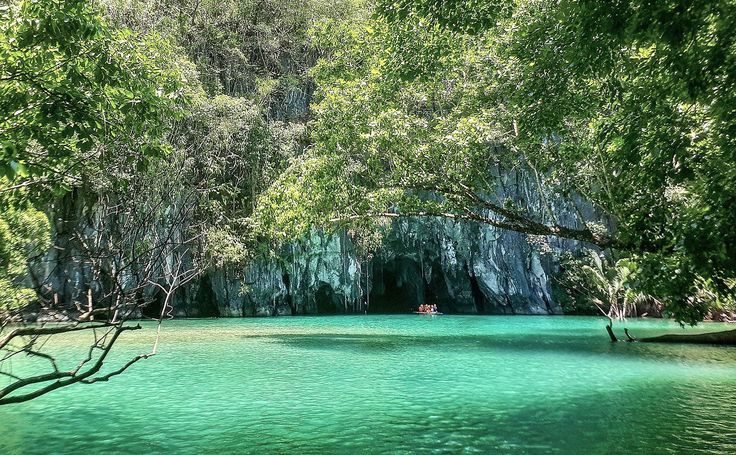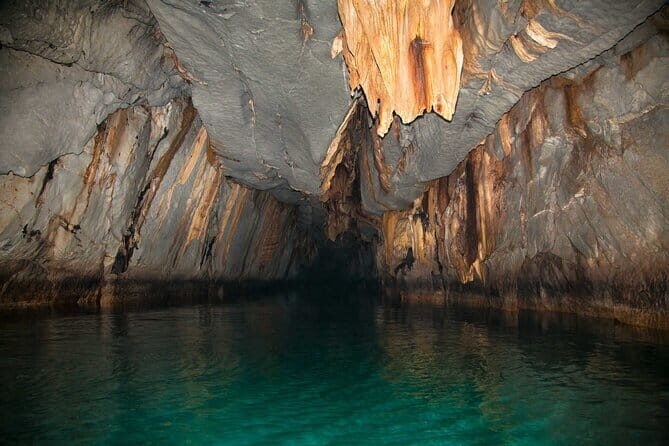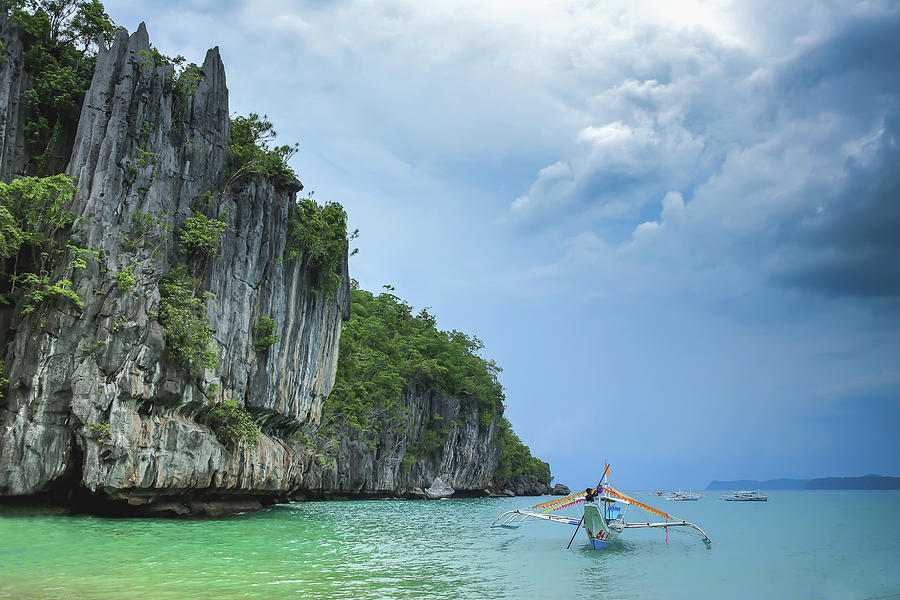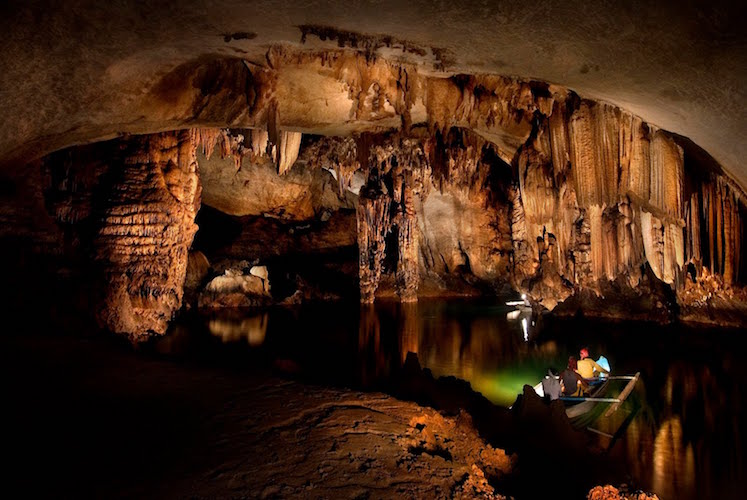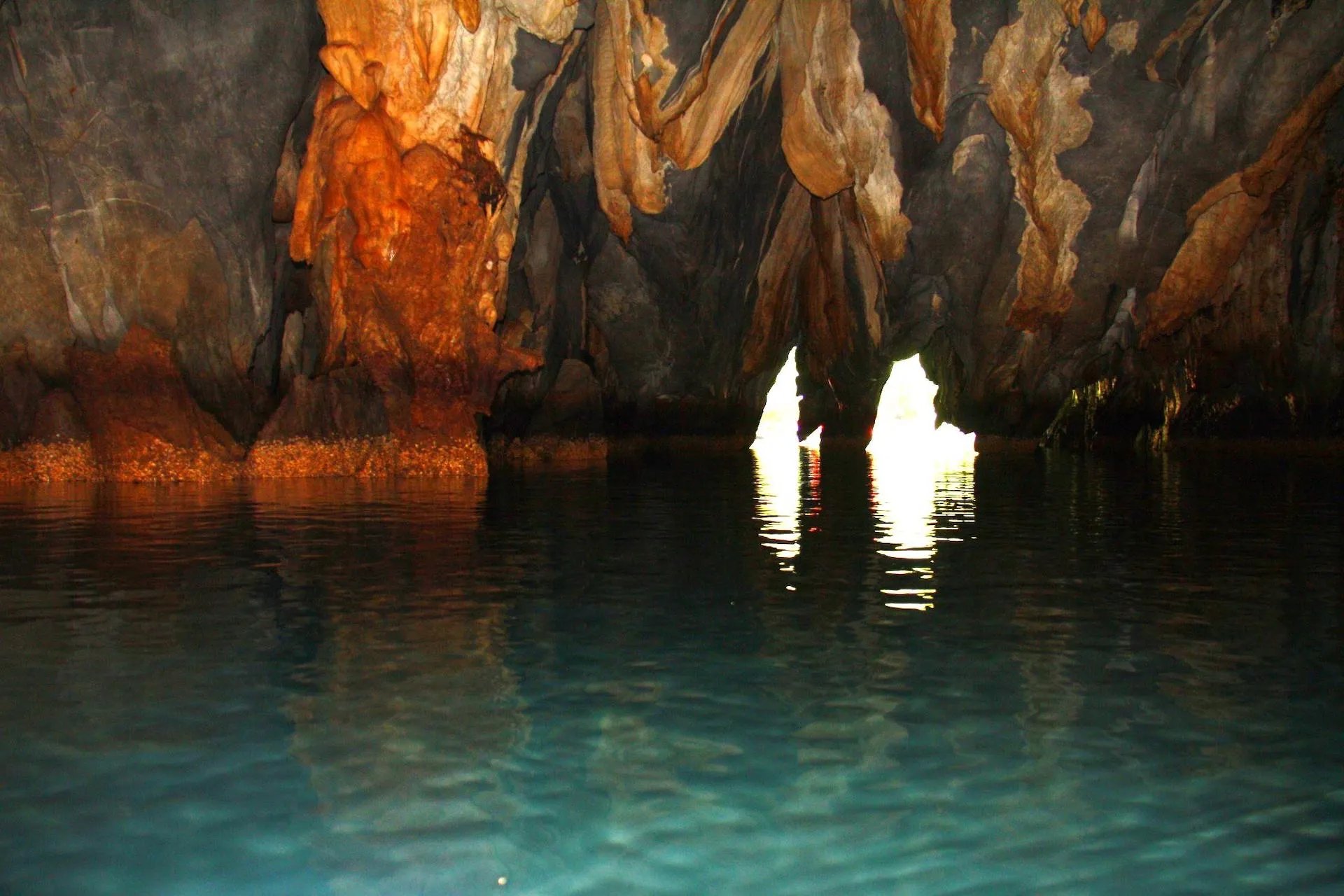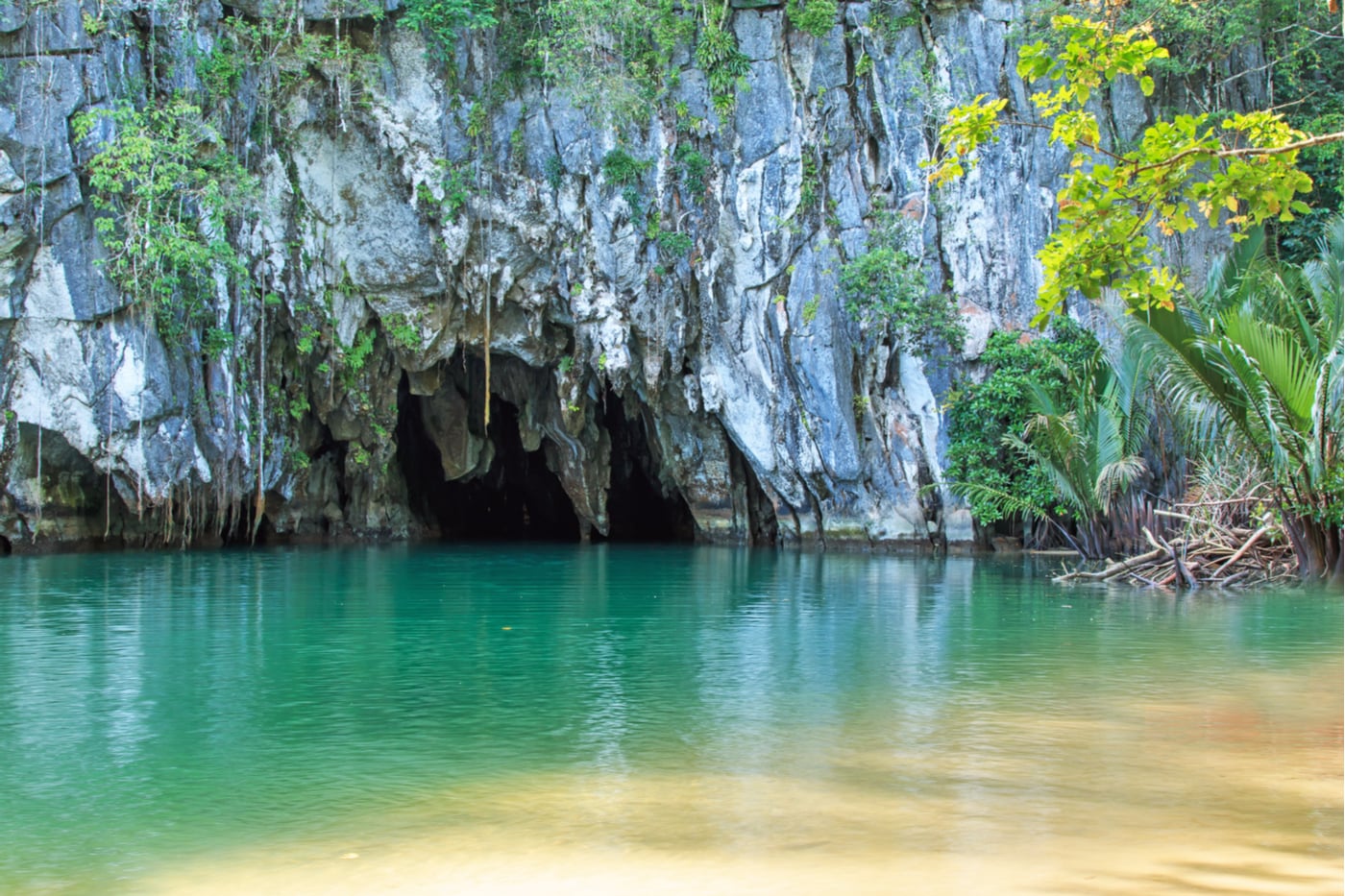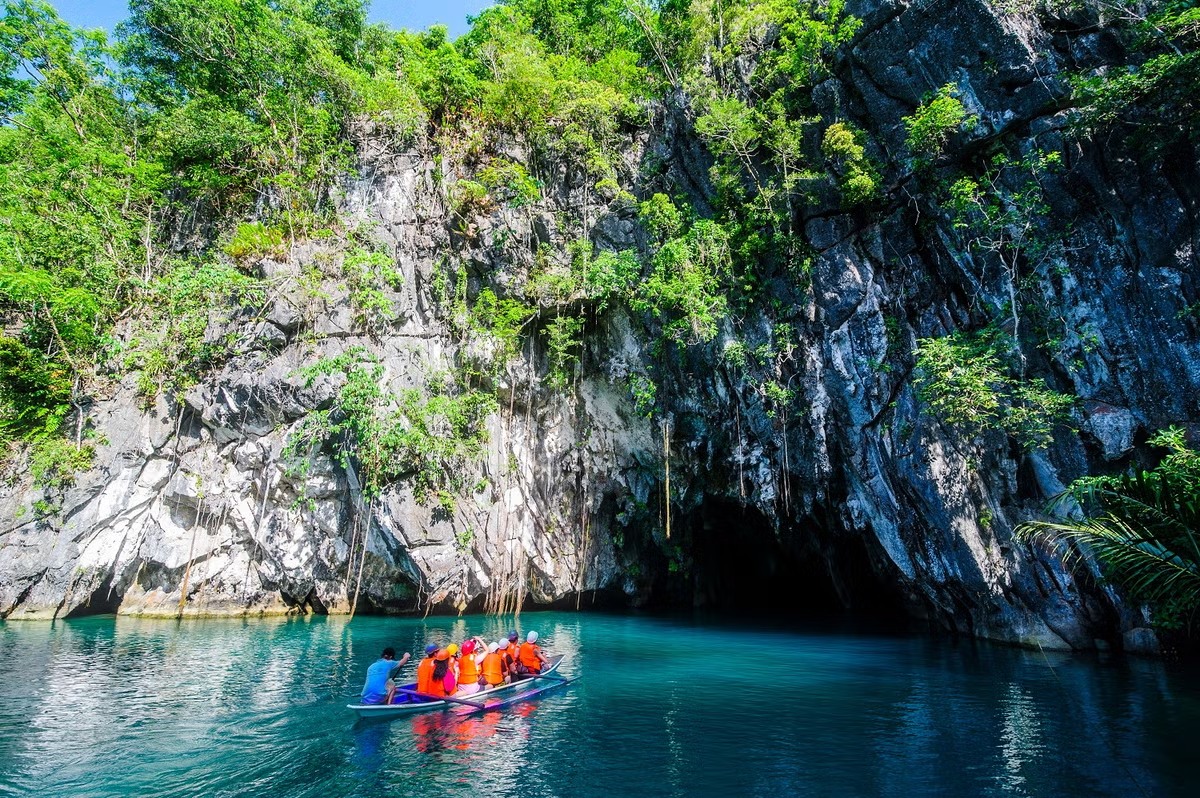
Welcome to
Puerto Princesa Underground River
“One of the New 7 Wonders of Nature”
Step Into a Subterranean Paradise
Discover the breathtaking beauty of one of the New7Wonders of Nature. Glide through an underground river system filled with majestic rock formations and hidden chambers.
8.2 km
Total length of the underground river
4.3 km
Navigable section of the river
1 of 7
New7Wonders of Nature
1999
UNESCO Heritage Site designation
100+
Unique wildlife species
20M+ years
Age of limestone formations
No. 1
Top tourist attraction in Palawan
5★ Rated
Highly reviewed by travelers
Total length of the underground river
Navigable section of the river
New7Wonders of Nature
UNESCO Heritage Site designation
Unique wildlife species
Age of limestone formations
Top tourist attraction in Palawan
Highly reviewed by travelers

Welcome to Puerto Princesa City
About Puerto Princesa Underground River
This is the official page of Puerto Princesa City Subterranean River, Palawan Philippines. The Puerto Princesa Subterranean River National Park (PPSRNP) is one of the most important protected areas of the Philippines. It features a spectacular limestone or karst landscape withone of the most complex cave systems. It contains an 8.2 km long underground river that flow directly to the sea. The lower half of the river is brackish and is affected by the ocean’s tide. An underground river directly flowing into the sea, and the associated tidal influence, makes it a significant natural phenomenon. The discovery of at least 11 minerals, crystal and egg shape rock formations, and a 20 million year old Miocene age serenia fossil in the cave further add to its scientific value. The Puerto Princesa Underground River is declared as one of the New 7 Wonders of Nature.

The PPSRNP contains a full mountain to the sea ecosystem and protect forests, which are among the most significant in Asia. It represents significant habitat that are important for biodiversity conservation.
In recognition of the PPSRNP’s globally significant natural value, it was inscribed to the List of World Heritage Sites on December 4, 1999. Inscription on the list confirms the outstanding universal value of the Park and it’s well integrated state of conservation.
In recognition of the PPSRNP’s globally significant natural value, it was inscribed to the List of World Heritage Sites on December 4, 1999. Inscription on the list confirms the outstanding universal value of the Park and it’s well integrated state of conservation.
The PPSRNP is managed by the City Government of Puerto Princesa based on a program centered on environmental conservation and sustainable development. It has the distinction of being the first national park devolved and successfully managed by a Local Government Unit.
It is managed by the City thru a Protected Area Management Board (PAMB), multi-sector body that provides policy direction and other oversight functions. It is a model for effective protected area management and sustainable tourism in the Philippines.
The Puerto Princesa Subterranean River National Park is a source of pride, and a key element in the identity of the people of Puerto Princesa in particular, and of the Philippines as a whole. The conservation of the Park is a symbol of commitment by the Filipino people in the global efforts to conserve our natural heritage.
